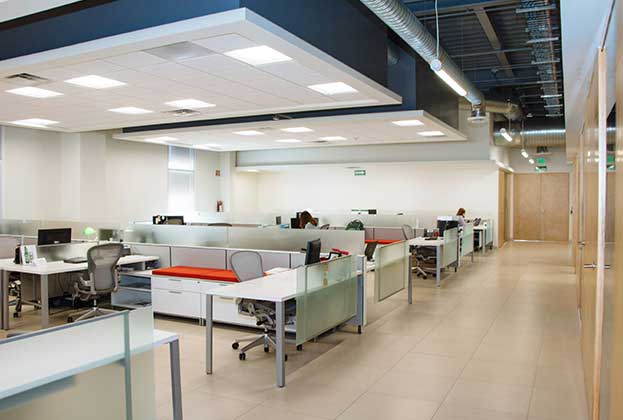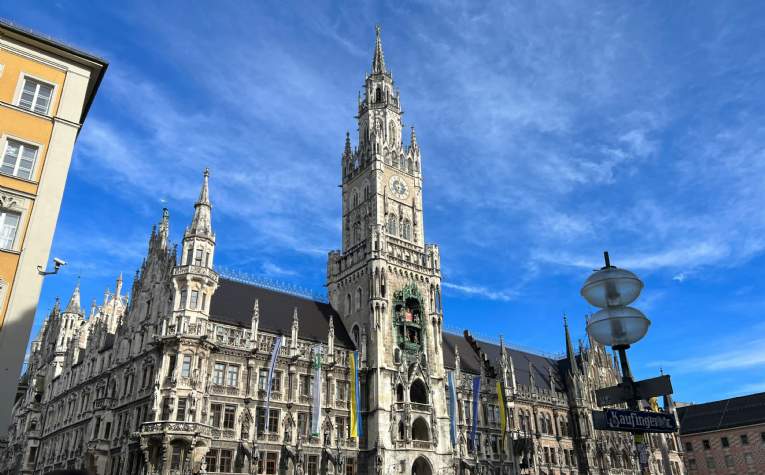What do Stockholm, Hamburg, Munich and Berlin have in common? According to Savills Impacts research, they are all set to see significant net in-migration over the next few years (a 4 per cent increase on the current population in Stockholm, 3.9 per cent in Munich, 2.6 per cent in Hamburg and 2.4 per cent in Berlin). However these four cities are also at the top of the list when it comes to low office vacancy rates in Europe (Berlin: 1.5 per cent, Hamburg: 4.2 per cent, Munich: 2.2 per cent and Stockholm: 2.94 per cent in Q1 2019).
Often when there is virtually zero office stock coupled with high employment figures there can only be one direction for rents to travel: up. The same of course applies to residential property prices and rents, which will witness increasing population demand meet decreasing real estate supply.
We’re already seeing this happening. Prime CBD office rents in Hamburg, for example, have increased by 5.9 per cent so far this year alone and Berlin residential asking rents have subsequently risen by 26 per cent in the last five years.
In Europe, cities that are vibrant and have strong economies have long attracted both domestic and international migrants. Notably, economic arrangements that have allowed people to move relatively freely have made many Northern and Western European cities attractive to workers from the East and South who are seeking better employment opportunities.
However, wages aren’t the only pull factor. For instance, Sweden and Germany also score well in quality-of-life rankings and have comparatively generous welfare systems, including good pensions and healthcare. Additionally, smaller cities with good job opportunities, particularly in the technology sector, will be attractive to mobile and well-educated millennials.
Yet, too often, cities do not keep up with the growing demand for real estate and infrastructure. An exception to the rule is Sweden, where city planners are already ahead of the game. In late 2017, Stockholm saw the introduction of the Stockholm City Line, a 6 km long double-track commuter train tunnel beneath the city centre. Long distance and commuter trains operate from different tracks so that the capacity is doubled and rail traffic congestion is reduced significantly.
So what’s next for expanding cities? As a city grows, the ability to accommodate new arrivals will be critical to its success. This includes providing suitable housing and office space and ensuring there is sufficient infrastructure in place. One solution might be a closer collaboration between planners, local governments and developers. With this in mind, one scheme to watch is the Grand Paris project, which aims to improve life for residents and to even out disparity between territories while building a sustainable city.
Note: analysis is only based on cities with GDP greater than $50 billion. Migration is defined as the difference between the number of people coming into an area and the number of people leaving that area.
Further information
Read more The Impact of in-migration on real estate
(1).jpg)
.jpg)





.jpg)


